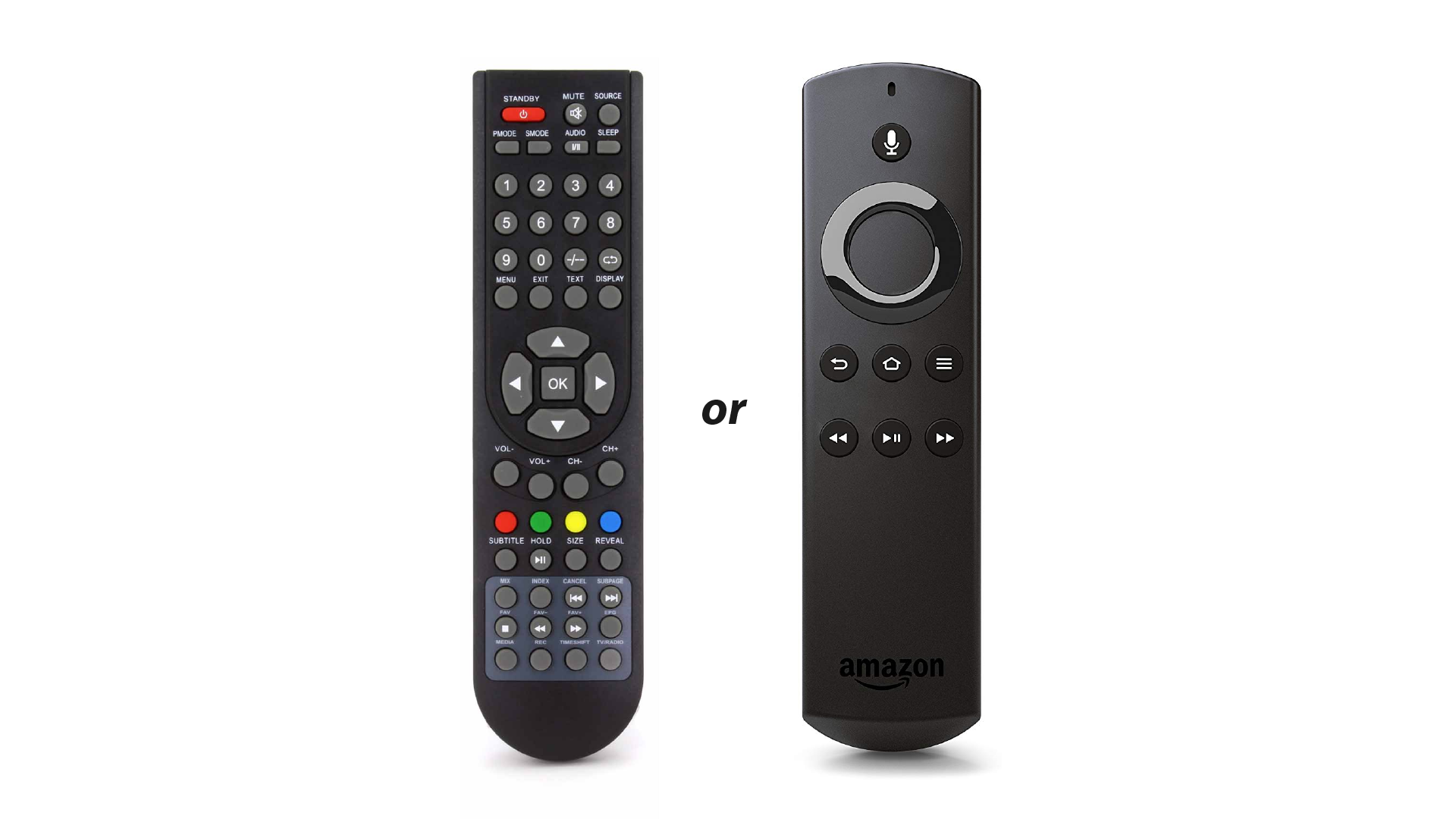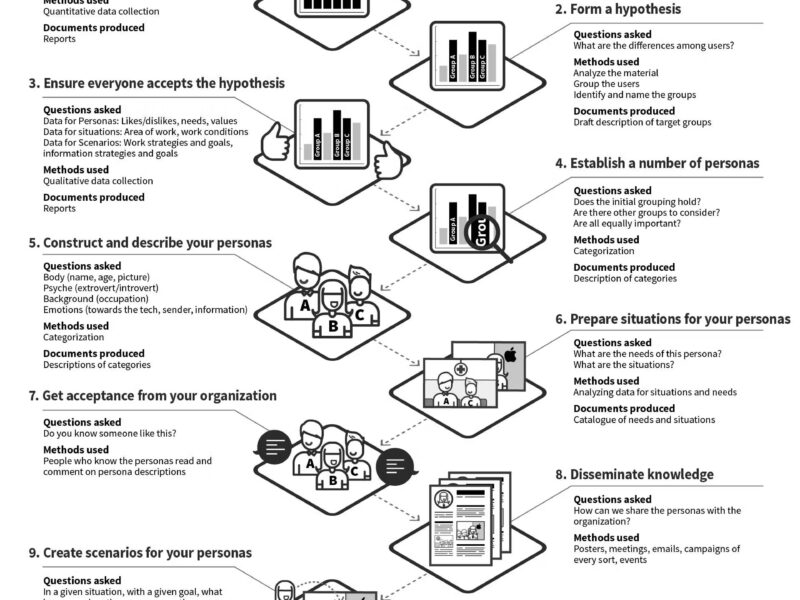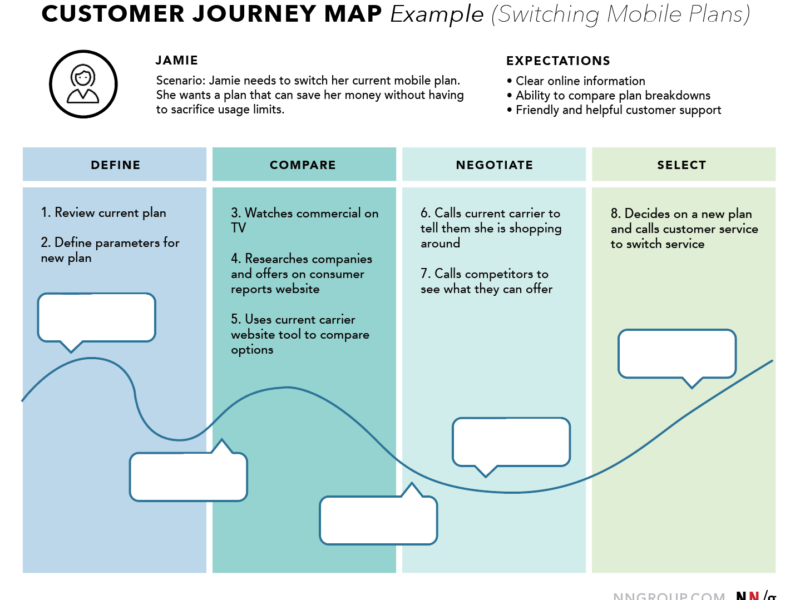Hick’s law, also known as the Hick-Hyman law, is a psychological principle that describes the relationship between the complexity of a decision and the time it takes to make that decision.
The law states that the more options a person has to choose from, the longer it will take them to make a decision.
Hick’s law was first proposed by William Edmund Hick and Ray Hyman in 1952, based on their research on human decision-making. They found that as the number of options a person has to choose from increases, the time it takes them to make a decision also increases, but not proportionally. Instead, the time it takes to make a decision increases exponentially as the number of options increases.
Response time (RT) = a + b * log2(n)
Where RT is the time it takes for a person to make a decision, a is the time it takes for a person to initiate a response (also known as the starting point), b is the time it takes for a person to process each additional option (also known as the rate of processing), and n is the number of options available.
For example, let’s say that a person is presented with a menu that has 3 options: hamburger, cheeseburger, and chicken sandwich. It takes the person 1 second to initiate a response, and 0.5 seconds to process each additional option. Using Hick’s law equation, we can calculate the response time as follows:
RT = 1 + (0.5 * log2(3)) RT = 1 + (0.5 * 1.58) RT = 2.29 seconds
This means that it would take the person approximately 2.29 seconds to make a decision on which item to order from the menu.
Just to summarize, if a person has to choose from two options, it will take them less time to decide than if they have to choose from four options. Similarly, if they have to choose from eight options, it will take them even longer to make a decision.
This is because as the number of options increases, the number of possible combinations also increases, which makes it more difficult for the person to evaluate and compare the different options.
Hick’s law examples
- Choosing a restaurant: Imagine that you are trying to decide where to go for dinner, and you have a list of 10 restaurants to choose from. According to Hick’s law, the more options you have to choose from, the longer it will take you to make a decision. As you consider, the different restaurants, you may have to evaluate factors such as the type of food they serve, their location, their prices, and their ratings, which can make the decision-making process more complex and time-consuming.
- Selecting a vacation destination: Suppose you are planning a vacation, and you have a list of 20 destinations to choose from. Again, according to Hick’s law, the more options you have to choose from, the longer it will take you to make a decision. In this case, you may have to consider factors such as the climate, the activities and attractions available, the cost, and the distance from your home, which can make the decision-making process more complex and time-consuming.
- Buying a car: Imagine that you are in the market for a new car, and you have a list of 15 different models to choose from. As the number of options increases, it will take you longer to make a decision. Just because you will have to evaluate factors such as the performance, fuel efficiency, safety features, and the price of each model, which can make the decision-making process more complex and time-consuming.
- Choosing a smartphone: Suppose you are looking to buy a new smartphone, and you have a list of 20 models to choose from. In this case, you may have to consider factors such as the screen size, the camera quality, the battery life, the storage capacity, and the operating system, which can make the decision-making process more complex and time-consuming.
How to avoid Hick’s law
To avoid the effects of Hick’s law, designers can take several steps to reduce the number of options and make the decision-making process easier for users. Here are some ways to avoid Hick’s law:
- Use filters and search tools: One way to avoid Hick’s law is to use filters and search tools to help users narrow down the number of options they have to choose from. For example, a website that sells clothes could allow users to filter the available products by size, color, price, or other criteria, which can make it easier for them to find the items they are looking for.
- Provide clear and intuitive labels: Another way to avoid Hick’s law is to use clear and intuitive labels for the options so that users can easily understand and compare them. For example, a menu that lists different dishes could use clear and descriptive labels, such as “Spicy Chicken Curry” or “Vegetarian Lasagna”, rather than vague or confusing labels, such as “Option 1” or “Choice B”.
- Use visual design to highlight important options: Visual design can also be used to highlight important options and make them more prominent, which can make it easier for users to find and compare them. For example, a website that sells books could use visual design to highlight the best-selling or most popular books, which can make it easier for users to find the books that are most relevant to them.
- Provide recommendations and suggestions: Finally, recommendations and suggestions can be used to help users make decisions by providing them with options that are tailored to their interests and needs.
To continue learning about Hick’s law, you should read this post about it “Hick’s Law — Do you know the law that makes or breaks a UX designer?“


